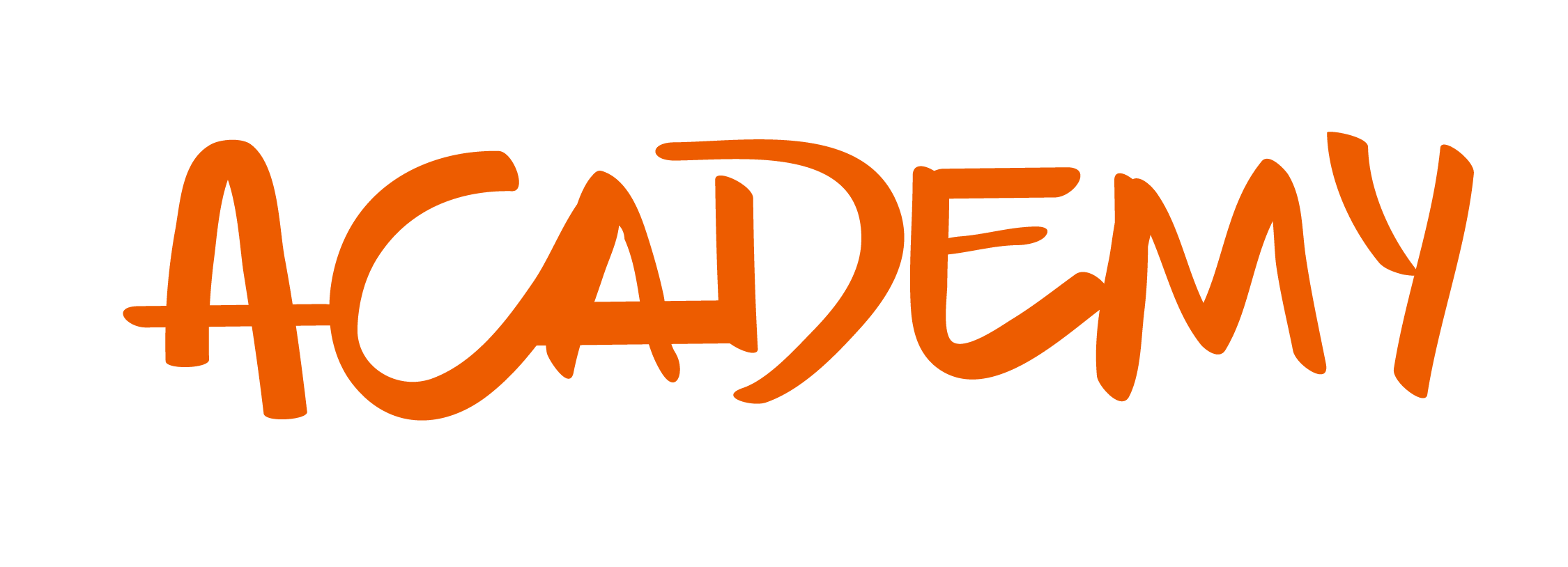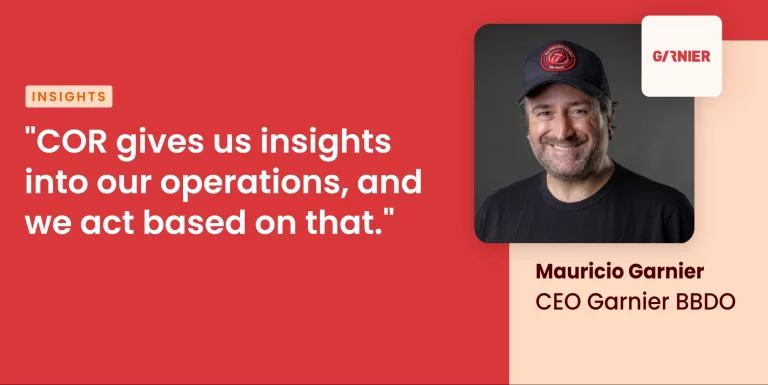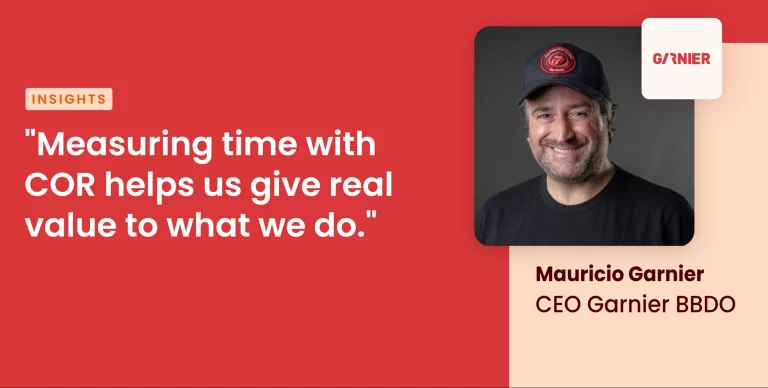Every business strives to give a valuable service to its clients. But what happens when they wish to provide an excellent solution turns into overservicing? And how does it affect professional service businesses?
Are you Overservicing Your Clients?
Overservicing does not mean giving your best, it’s not synonymous with excelling or going beyond the client’s expectations regarding quality and delivery. Overservicing is doing tasks that go past the scope of work originally agreed upon when discussing the project. What’s harmful about these sorts of practices is that it creates improper client expectations, it consumes resources, billable hours and it threaten profitability.
We have dedicated many words to the importance and value-effective project management can bring into your operation. Resource management, transparent fees, and time tracking can be the key to changing the tide against non-profitable practices, and it could even improve the margins of your whole company.
And the opposite rings true as well. This is why overservicing can be so dangerous for your business. And why it can break your practice if it’s turned into a habit. And the reasons it happens are very understandable and show, in itself, bigger underlying problems like thinning client pools or management issues.
Why does this happen and Why You Should Avoid It
Oftentimes overservicing occurs when the client has a low budget, and you offer a smaller job or project that is affordable to them. And this is completely normal. You can still gain a contract that can be useful to both parties, they get a service and you get another project. But you end up doing smaller tasks to complete the project, and the client refuses to pay for those or doesn’t have the means to.
Another way businesses fall into overservicing is by not charging for re-works. The project is finished, deliverables are correctly and timely handed over, but the client is not satisfied with something and asks for changes. Many businesses and service providers don’t really have a structured policy to follow in these cases and end up working for free, on something that is not inside the initial scope of work. Reworks should be taken into the contract which should clearly state the reach free corrections have, and when you start billing. As we have previously written about, this is a very deep issue for professional service businesses, and it affects many industries.
And these smaller tasks can be fundamental to the project as a whole, a scope creep, extra work. For example, you need to contact stakeholders to better grasp the message they want you to deliver. Those interviews, and the time it took your team members, which are billable hours, end up being free.
On the other hand, you can find yourself over-servicing clients in the spirit of doing a great job, or because the project is truly interesting to you. Sometimes one can logic away from the unpaid work, excusing it to be a good work experience on a certain skill, or thinking it can be a knowledge that can be useful with other clients. Or because there’s a good relationship with the client, and you want to keep them working with you. That can be dangerous because it sets a precedent for future costly projects.
Sometimes you can even overservice because of a lack of other work. Making busy time out of a project that shouldn’t require so many hours. In the spirit of having something to do. That time could be better spent on deploying a marketing strategy that can bring more clients to the table.
How can you avoid over-servicing?
The first step is to rely on a contract. A statement of work is the first step you can take into taking better care of your scope of work, your talent’s efforts, and the overall bottom line.
The SOW should list the work to be completed in detail. That means: what tasks will be included, and which won’t. Clearly communicating your expectations as a service provider can even strengthen relationships with clients, and improve your fee negotiation techniques. Because when the clients can actually see and understand what goes into each step of the project they can gain a deeper understanding of the efforts and hours it requires. It can even be a part of the sales proposal and pitch!
Servicing can really damage the financial well-being of the business and the relationship with clients. And there are some clear indicators of this.
Revenue loss
Decreasing revenue is a tell-tale sign that there’s something wrong, and it’s often a clear way of looking into overservicing. This can take the form of not updating service fees, offering free tasks that the competition is billing for, offering costly discounts, and even overworking the talent. This last one is not only costly for the business, but it can create a hostile work environment that decreases productivity.
Irrational expectations
At first glance, clients may be happy and impressed by your deliverable time, and even be very gratified that they chose your operation to do business with. But this tends to melt away, and what once was a very positive relationship with a new client can turn sour, and push back as soon as you start setting reasonable boundaries.
They could get annoyed when you deny their overbearing request or expect you to offer shorter delivery times. This vicious circle is very hard to stop. Because as soon as you start promoting healthier scopes of work and delivery times, they can pressure you with threats of going over to the competition or lack reason when discussing new projects and their terms of service.
Impossible scheduling
Everything we mentioned has real-life, concrete consequences. We will get into the revenue loss in a moment, but the amount of time management loses due to changes and a company’s total inability to deny their customer takes a toll on everyone. The team members‘ dedication to changes outside of the project scope, the project manager’s efforts to keep everything in order, the time not dedicated to other important business tasks. It’s hard to stay on time when the demands are always changing.
Major Problems: Profitability Impacts
The problem with overservicing is that it’s insidious. It seems harmless at first, just a small task, just a few hours. What can be the harm in that? If you actually kept track of the hours dedicated to non-billable work you can be surprised by the amount of revenue lost in the long run. And on its most harmful side, overservicing clients can turn a profitable company into a broken one.
So, what can you do about it?
First, you need to get a grasp on the profitability reports from your own company. We have created a small and simple guide that can help you with this endeavor. Data is the way out of this labyrinth. Some of the problems that feed the financial side of this issue can actually arise from wanting to increase profitability.
Trying to be a competitive option in your industry can negatively affect the bottom line when done in the wrong way. Undercharging in order to become the best option in the eyes of clients can threaten your resources and throw a wrench in your internal operations. Overservicing not only lowers your available hours for other projects, it also stops you from looking at the bigger picture and making business decisions for growing your company.
By implementing certain changes can help you out of the overservicing vicious circle.
- Time tracking. This is a really important issue for us. Knowing how many hours an employee needs to finish a task allows you to know how much time a project requires until completion. When you reach a point of understanding the inner workings of your processes, you can schedule accurately and accordingly, you can better plan the scope of work, you can produce a reliable working environment for your talent. Time tracking not only helps create a space without burnout, but it can also save your company’s profitability.
- Project profitability estimation. Once you know the value of your billable hours, you can get an accurate grasp of how much a project will cost, and how much you need to bill in order for that project to be profitable. This allows for the improvement of client relationships, and over time, client retention.
- Data reports. Knowing how much to charge a single project is great. But let’s think about the whole operation. Financial reports and client metrics can be a lifesaver for your company. When you gather information about the long-running processes you can make effective and efficient business decisions. Maybe there’s a client that is actually costing you more money than they bring into the company. Maybe there’s a type of service that’s not cost-effective and should not be offered anymore. It’s easy to make the right decision once you get all the info.
Fixing the Problem: Strategies
The way out of this issue seems logical on paper. But it can be hard to implement in reality.
Although project managers are on the front line against this problem they need the correct tools to rise above it. They need detailed information on the scope of work, delivery times, profitability per project, team’s schedule, and client information. The access to this data should not be a once-a-month occurrence, it needs to be in real-time, easy to access, and automated.
The executive levels and business owners must take care of providing the tools and solutions project managers need to excel at their tasks. And although technology doesn’t correct overservicing alone, it can greatly improve the odds of a company overcoming this problem.
At COR we believe that technology can not only improve profitability, but it can also make a workspace a better place for talent. Professional business services must be on top of the going on in their company, at an employee, profit, pricing, KPIs, and procedural level. With our time tracking features, our automated reporting capabilities, and our profitability estimation functionality you can tackle the 1, 2, 3 steps we discussed earlier. With historical data, you can take a proactive role, stop over-servicing clients, and improve the bottom line.
















